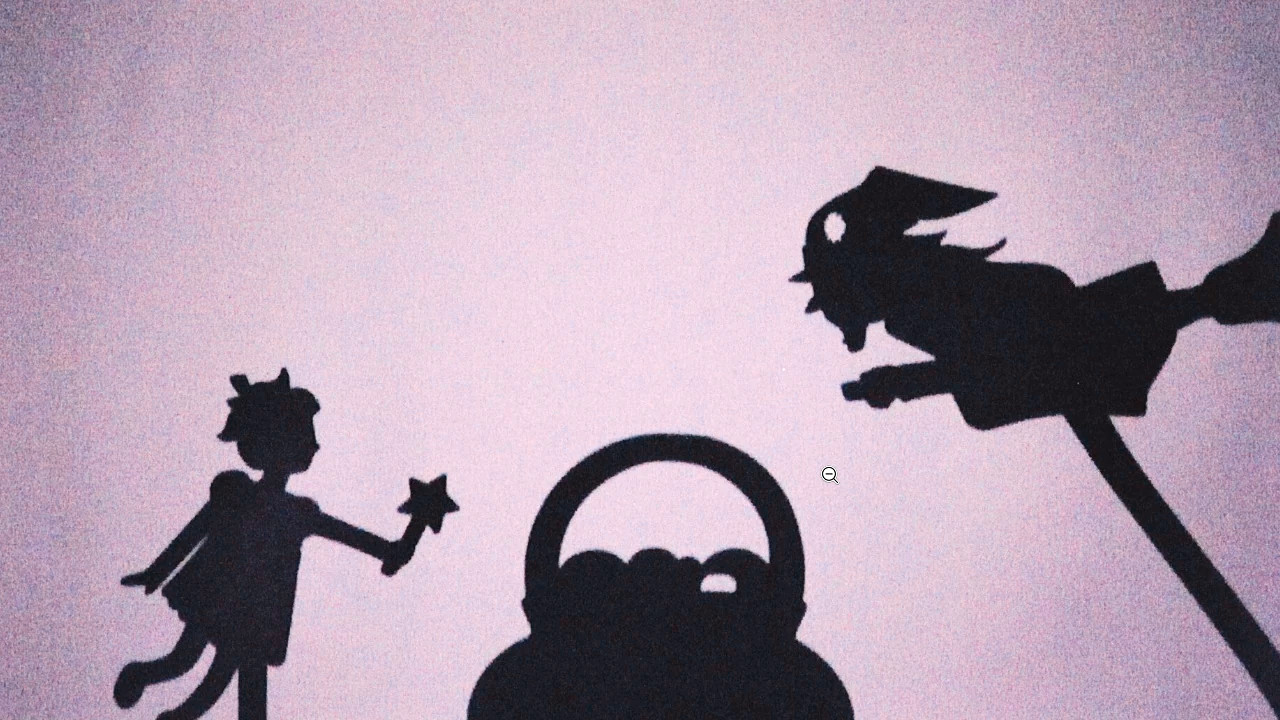Hello, hi, how are you all doing today? Interested in talking about bleeding into a silicone cup? Great, you’ve come to just the place!
Of course, when I say “bleeding into a silicone cup,” I don’t mean to make you imagine someone just wandering around in a field somewhere with a flesh wound and a Solo cup salvaged from some random tailgate they just happened upon. I’m talking about menstrual cups. You can all breathe a sigh of relief.
There’s a pretty big stigma surrounding menstrual cups because, as I said before, the first mental image one draws upon hearing the term is a woman sitting in a veritable kiddie pool of her own period blood. Obviously this is not the case—if it was, I’m pretty sure menstrual cups wouldn’t be such a popular alternative to the standard pads and tampons. However, this stigma remains, and it’s so strong that some people can’t even identify what the hell a menstrual cup is upon seeing it. This video, a “sexperiment” put on by a group of comedians called LOLPervs, is a perfect (and hilarious) example:
https://youtube.com/watch?v=bzF7ZlqYJGo
As funny as this video is, and as openly as I LOL’d my pants off (literally, because I’m wearing a dress), this video, if anything, proves that we need a general education on what exactly a menstrual cup is. You know, so we don’t go around shoving them in our ears when we find ourselves fresh out of Q-tips.
What is a menstrual cup?
Quite simply, it’s a silicone cup meant to be worn inside the vagina during menstruation.
How does it work?
Pretty much exactly the way you’re probably imagining. The cup itself is generally bell- or cone-shaped, and you insert it so that the wider end is facing up. It creates suction inside your lady parts (it sounds painful, but you really can’t feel a thing) and catches all of the blood that comes out of you. When it’s full (which usually happens after about 12 hours of consistent wear, or, if your flow is particularly heavy, when the cup starts to overflow, which you’ll notice in your underwear/on your panty liner/etc. the same as you would a tampon), you simply remove it, empty it out, wash it (AND YOUR HANDS), and reinsert it. Easy! And this way, you don’t have to do that thing where you hide your tampon in your sleeve when you walk across the office from your desk to the bathroom or try and cough loudly in the stall while ripping open a pad or tampon wrapper.
Are they reusable, or do you dispose of them after every use?
Totally reusable. You can sterilize it by boiling it in water for a few minutes. The reason you can do this is because the silicone cup simply collects the blood, rather than absorbs it like a pad or tampon. There are disposable ones, too, if the idea of reusing something that just held a lot of your period blood isn’t appealing to you, which, you know, is understandable.
What are the benefits?
Well, for one, they can be safely worn for up to 12 hours, whereas pads need to be changed regularly for comfort reasons and tampons need to be changed frequently in order to avoid serious health concerns like Toxic Shock Syndrome (TSS). Also, since they’re often made from medical grade silicone, they’re free of most chemicals, bleaches, and fibers that could cause sensitivity or allergic reactions. Finally, since they’re flexible, they can be kept in during sex, which makes the whole experience a little bit less messy and also a whole lot less terrible.
Are they better than pads or tampons?
They’re no better or worse from an objective, period-blood-catching standpoint, but one study has shown that women who used tampons and had average-to-heavy flows, as well as women over 40, were more likely to make the switch to the cup, so do with that information what you will. At the end of the day, though, it depends on the person. Considering I still won’t even use tampons if I can avoid it because I have an irrational fear of TSS and also going about my day with foreign objects in my vagina, I don’t know that a menstrual cup would be the right move for me. But hey, never say never, right?
How do I choose which one to buy?
Well, first you need to decide if you want a reusable or a disposable cup. From there, you can choose a size (it’s generally recommended that women who have given birth naturally go for a larger size, for obvious reasons) and a color, because what is a menstrual cycle if not an opportunity to decorate your uterus? But, after that, it’s pretty much up to you, and if you’re a Nervous Nellie, your gyno! There are tons of different brands of menstrual cups out there, like the DivaCup and the Lily Cup (which, FYI, is the one from the aforementioned video), and you just have to find one that works for you.
Really, the only way to know if a menstrual cup is the thing for you is to get over the fact that the idea of having a cup of blood in your vagina is a little bit weird and try it for yourself. If you don’t like it, then no harm, no foul, but at least you’ll have educated both yourself and your uterine lining, and that’s a win in my book.
But there's more. Check out these bussin stories:
- It Happened To Me Love
 Rape is no different for a sex worker I believe a lot of what helped me deal with my rape and the abuse I suffered was my background in sex work.
Rape is no different for a sex worker I believe a lot of what helped me deal with my rape and the abuse I suffered was my background in sex work. - Black Disability Fat SMH
 Goodbye, BMI: the debunked concept from the 1850s that fatshames BIPOCs BIPOC women I always thought were beautiful, have always believed they were overweight. The outdated BMI fails to take race into account.
Goodbye, BMI: the debunked concept from the 1850s that fatshames BIPOCs BIPOC women I always thought were beautiful, have always believed they were overweight. The outdated BMI fails to take race into account. - Black SMH
 We need to talk about literary blackface Publishing is beset by white writers hiding under PoC names in a time when we are attempting to shift away from privileged voices. These saboteurs undermine equity and they know what they're doing.
We need to talk about literary blackface Publishing is beset by white writers hiding under PoC names in a time when we are attempting to shift away from privileged voices. These saboteurs undermine equity and they know what they're doing.


